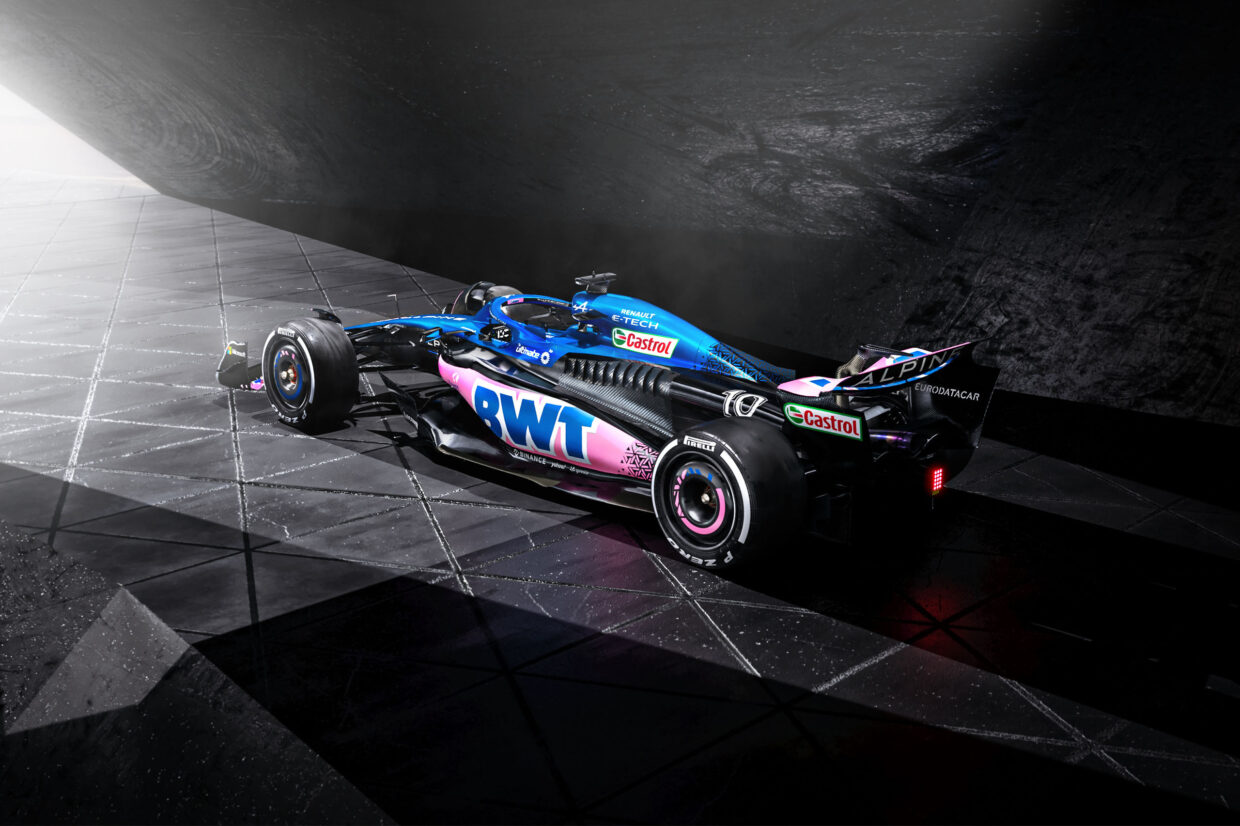What's in a name? The stories behind each 2023 F1® car
Friday, 17 February 2023
We now know what the 2023 Formula 1® grid looks like, but how do the teams come up with the names for their cars?
With Alpine the final Formula 1® team to reveal its 2023 livery, we now know what all 10 different F1® cars will look like when they take to the track for next month's FORMULA 1 ROLEX AUSTRALIAN GRAND PRIX 2023.
What's not as well known? The names the teams give to their championship challengers, all of which have their own stories – some self-evident, some commemorative, others with a personal touch …
In order of when the teams launched their 2023 cars, here's the name of each one – and why.
Haas
2023 car: VF-23
Launched: Online, January 31
Haas begins its eighth F1® campaign with the VF-23, the number part of the name of the car to be driven by Kevin Magnussen and Nico Hulkenberg this year fairly obvious. But why 'VF'? When team owner Gene Haas started his Haas Automation business in the late 80s, the company's first CNC (computer numerical control) machine was called the 'VF-1', 'V' standing for 'vertical mill' and 'F-1' for 'first one'. It came in handy when Haas expanded its motorsport operations to F1® nearly three decades later …
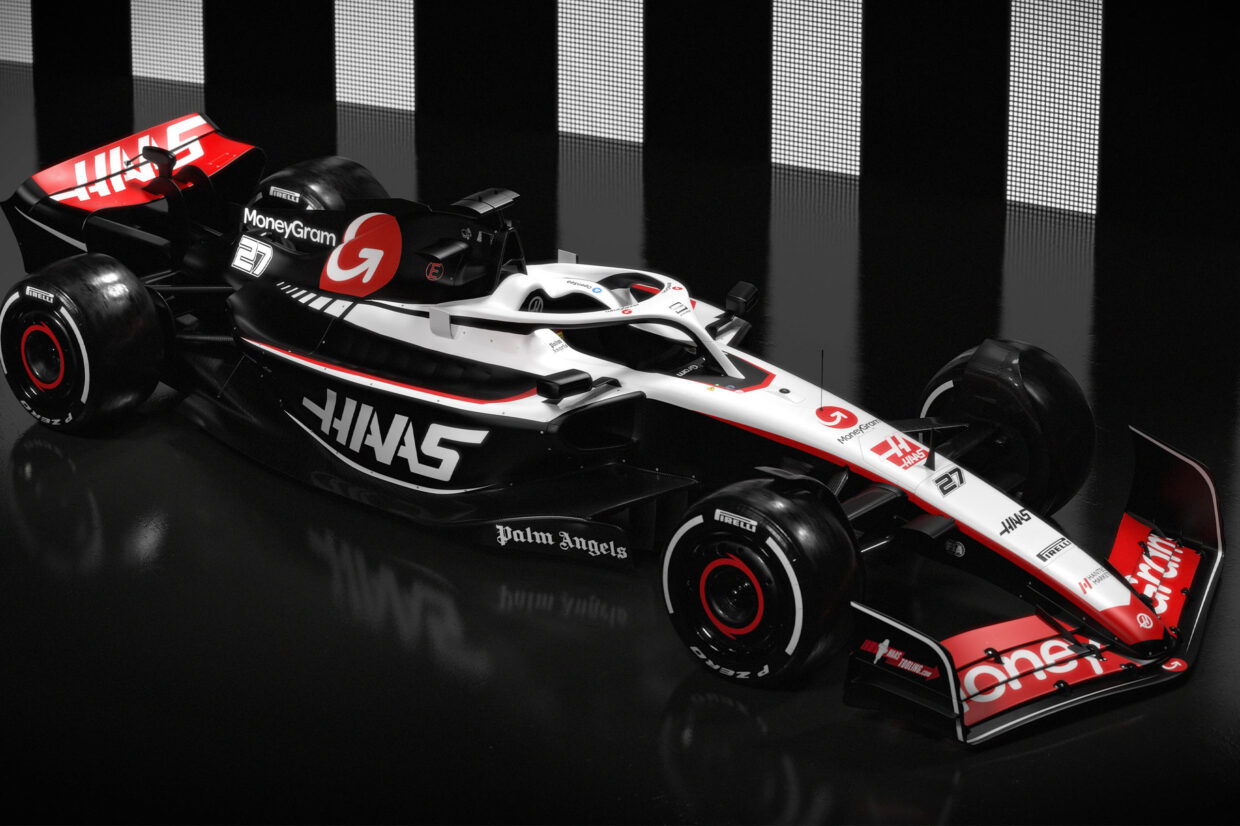
Red Bull Racing
2023 car: RB19
Launched: New York, February 3
It's season 19 for the team that debuted its RB1 at the 2005 Australian Grand Prix; that chassis was built by Jaguar, whose owners Ford sold the team to Red Bull in 2004. It's a name that follows a numerical convention with the exception of 2021, where Max Verstappen and Sergio Perez raced the RB16B after the sport's 2020 regulations continued for a second year because of pandemic-related costs. There was no RB17, Verstappen winning his second successive title last year in the RB18
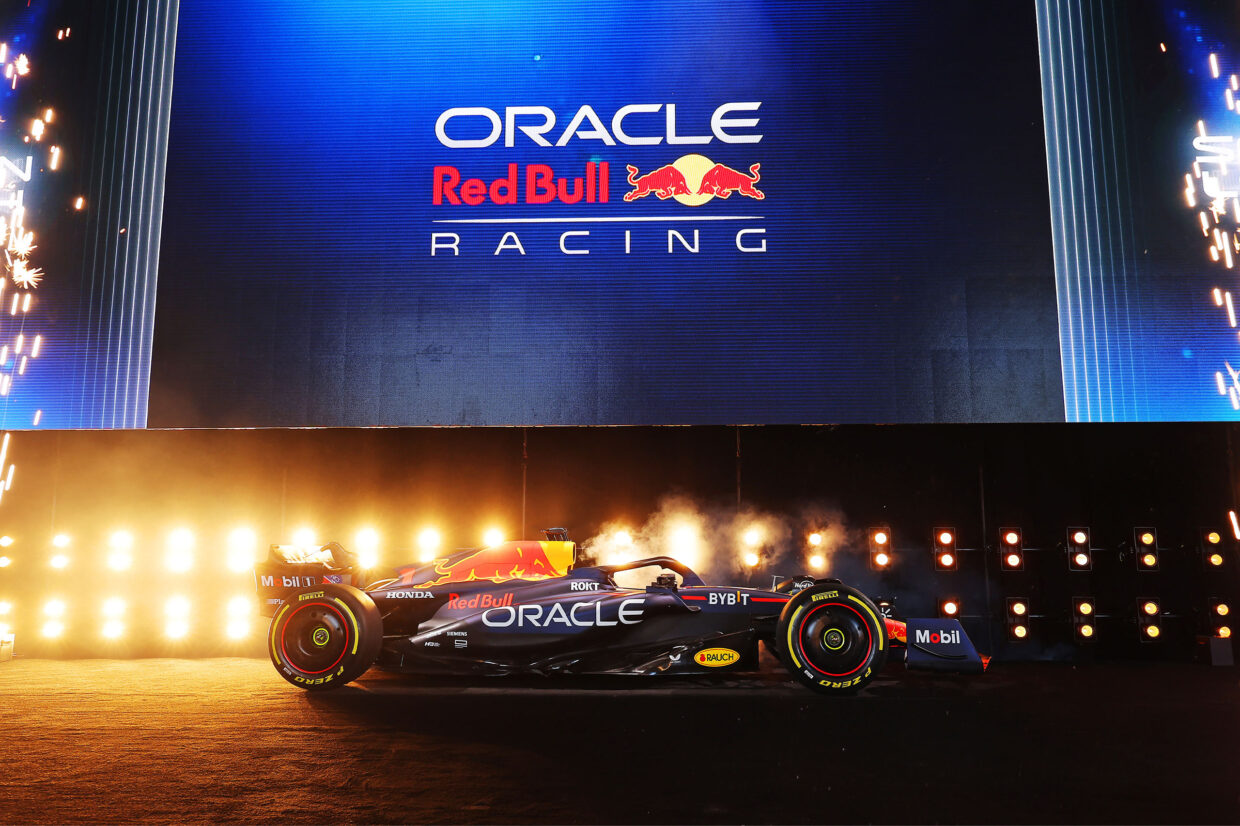
Williams
2023 car: FW45
Launched: Online, February 6
Williams entered F1® in 1977 using a March 761 chassis, and Sir Frank Williams' first car for Williams Grand Prix Engineering raced one year later as the FW06, as it was the sixth car designed by a Williams-run team (Frank Williams Racing Cars entered F1® races as far back as 1969). Williams has followed on from the FW06 numerically in the year since, with additional letters added to car names to specify which iteration of the original car was racing at the time; Australia's Alan Jones won the first world title for the team in 1980 driving the FW07B.
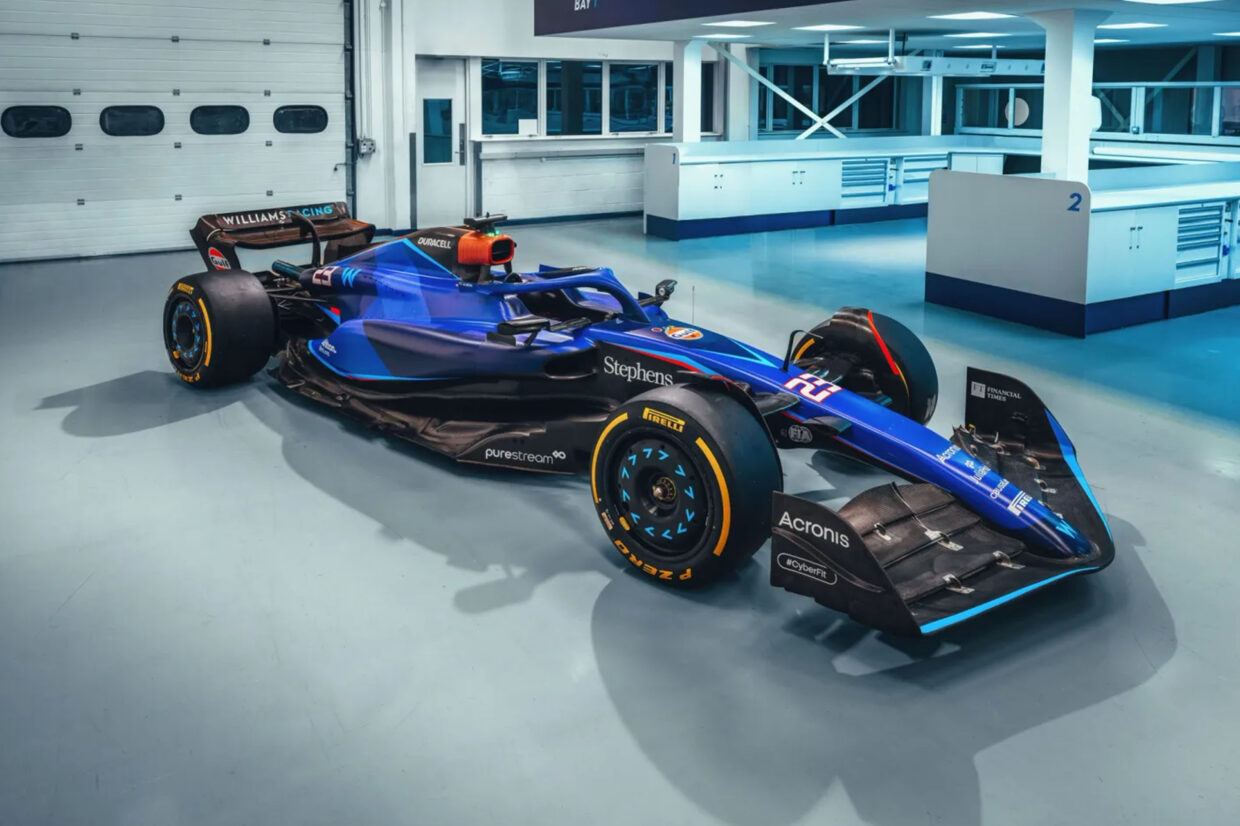
Alfa Romeo
2023 car: C43
Launched: Zurich, February 7
Who said there was no room for sentiment in F1®? Ever since Swiss motorsport enthusiast Peter Sauber made a hillclimb car in 1970 and named it the Sauber C1 ('C' for Christiane, Sauber's wife since 1965), the naming designation has endured for the team that now sports Alfa Romeo commercial branding. After competing in sports cars over 30 years ago with a young Michael Schumacher, Sauber entered F1® for 1993 with the C12. The run of numbers stopped with the C24 in 2005 after BMW bought the team; once the German car giant stepped away in 2009, the chassis lineage resumed with the C29.

AlphaTauri
2023 car: AT04
Launched: New York, February 11
AlphaTauri's AT04 – for the team's fourth F1® season – isn't much of a mystery as names go. How the team got there is slightly more complicated. AlphaTauri began life in 2006 as Scuderia Toro Rosso ('Stable Red Bull' in Italian), after the Austrian drinks giant doubled-down on its F1® investment by purchasing Minardi, the 20-year-old Italian team. Toro Rosso's cars from 2006-19 were named STR1 to STR14; for 2020, the team was renamed to promote Red Bull's fashion brand.
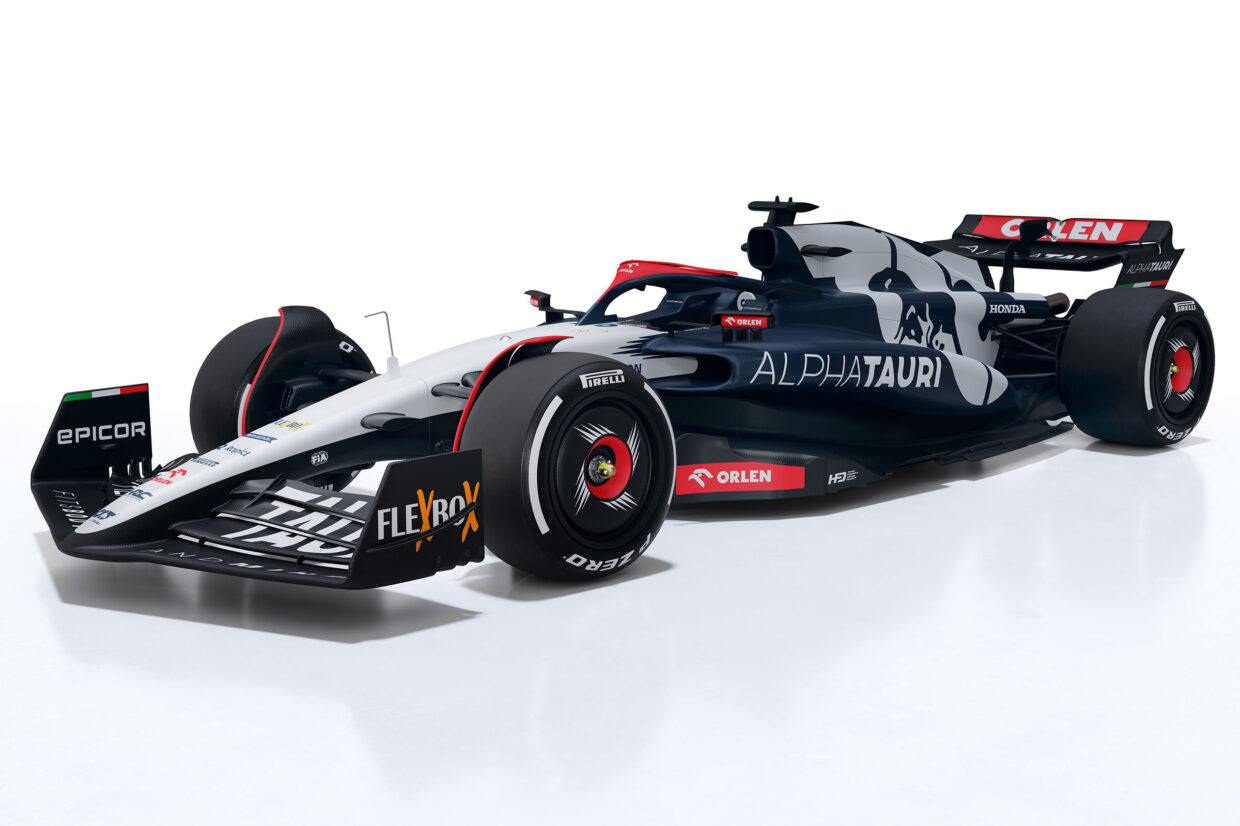
Aston Martin
2023 car: AMR23
Launched: Silverstone, February 13
The Aston Martin name first appeared in F1® as long ago as 1959, but the team owned by Lawrence Stoll has taken a predictable path with its car designations since the commercial rebranding of Racing Point for 2021. The team's lineage has taken many twists and turns since Eddie Jordan started the squad under his own name across the road from Silverstone, competing in F1® as Jordan Grand Prix from 1991-2005; ownership changes saw it race as Midland F1 (2006), Spyker (2007), Force India (2008-18), Racing Point (2019-20) and now Aston Martin.

McLaren
2023 car: MCL60
Launched: Woking, February 13
It's a radical departure from McLaren's usual naming conventions this year; last year's car was the MCL36, but its successor – the MCL60 – references the 60 years since New Zealander Bruce McLaren founded his own outfit. The M2B was the first McLaren world championship F1® car in 1966, while the MP4/1 raced in F1® from 1981 after McLaren merged with Ron Dennis' Project 4 Formula 2 team. 'MCL' then became McLaren's prefix after Dennis stepped away from the team for good in 2017.

Ferrari
2023 car: SF-23
Launched: Maranello, February 14
In recent years, the only given was the colour of Ferrari's F1® challenger, as the names given to its cars have been many and varied. SF-23 (Scuderia Ferrari 2023) is unusually logical for Ferrari; its 2017 car was the SF70-H, the '70' for the years since the Ferrari company was founded, the 'H' for its hybrid engine. In 2020, the SF1000 signified the team celebrating its 1000th Grand Prix appearance at that year's one-off Tuscan Grand Prix.
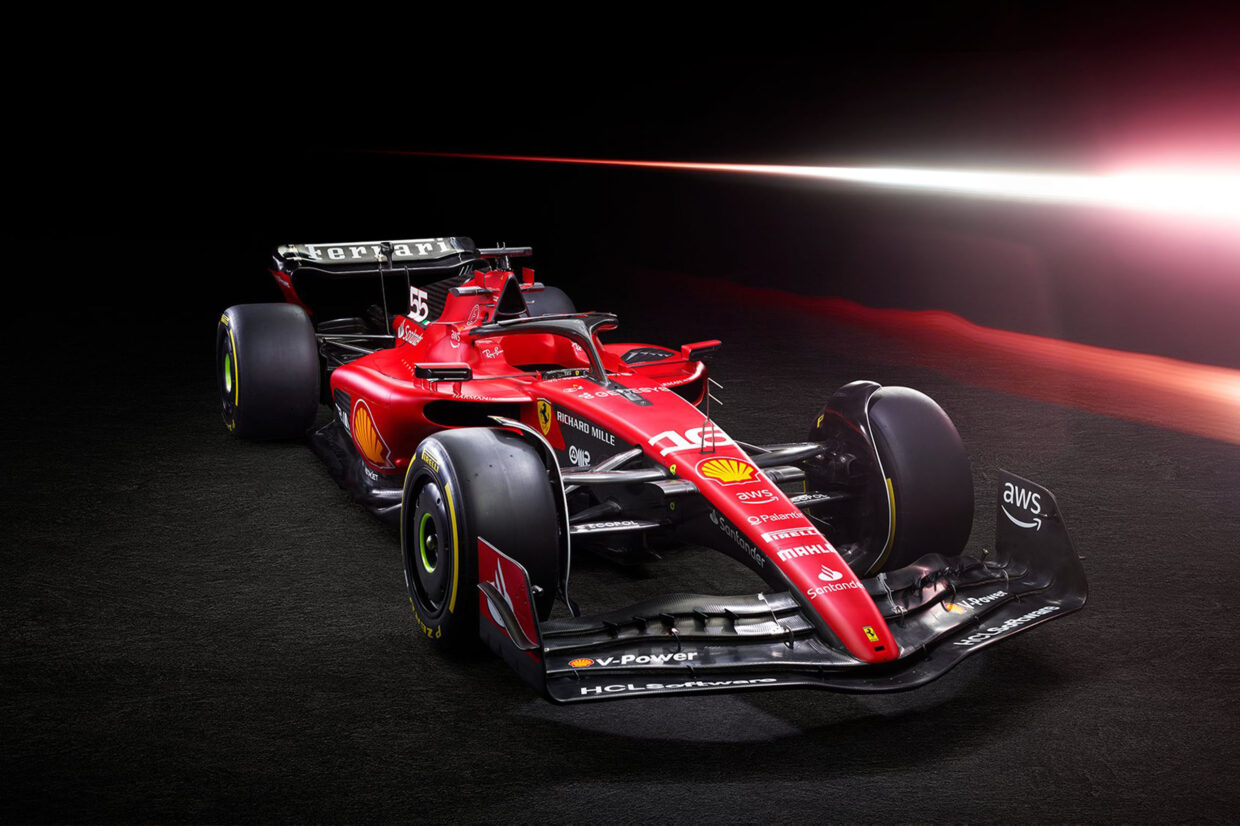
Mercedes
2023 car: W14
Launched: Silverstone, February 15
Mercedes' car names hark back to its pre-F1® competition origins, with the German auto manufacturer racing in the 1930s using the 'W' prefix ('W' for 'wagen', 'car' in German). The W14 this year represents the 14th year since Mercedes came back into F1® in 2010 as a manufacturer following a 55-year absence, when it purchased Brawn GP after Jenson Button's 2009 title-winning campaign.
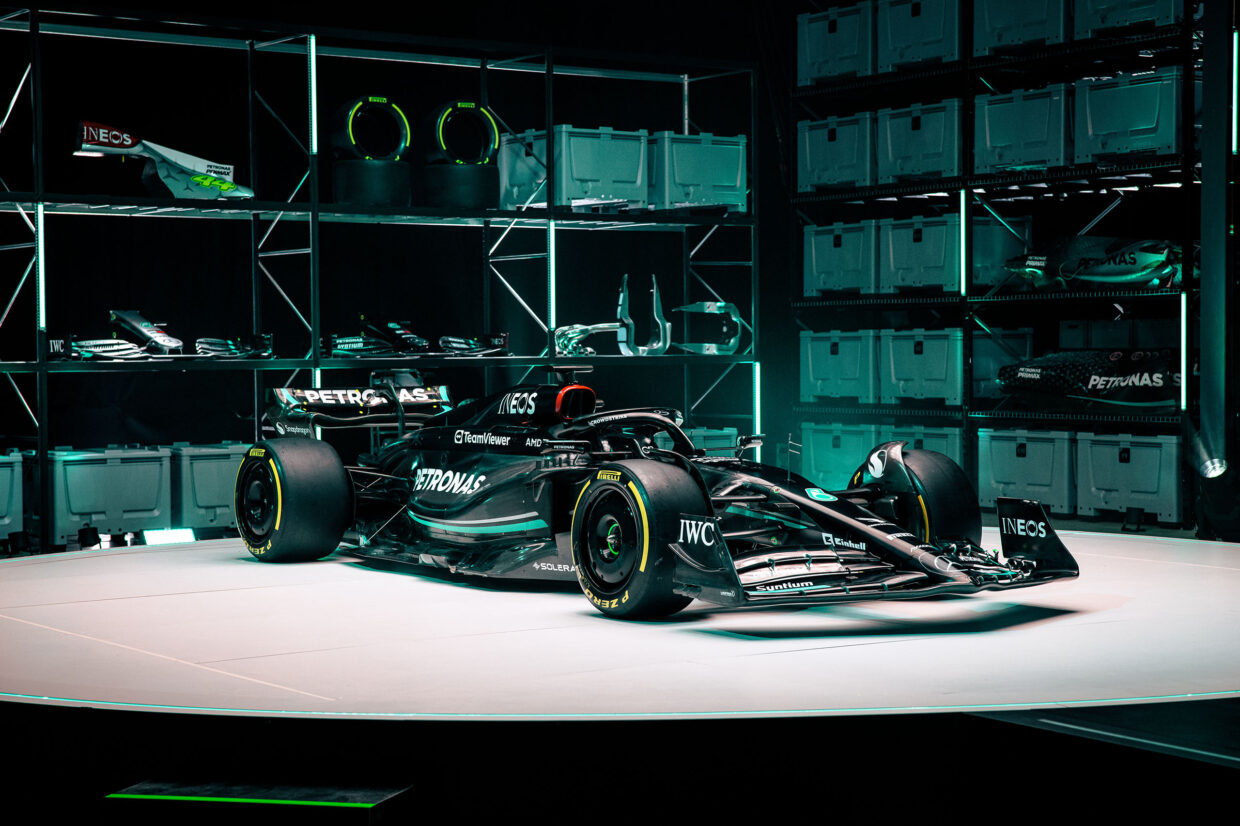
Alpine
2023 car: A523
Launched: London, February 16
The A523 sounds like a British motorway, but it's also the name of the car set to be raced by the all-French pairing of Esteban Ocon and Pierre Gasly in 2023. Why? The 'A500' part is the name of Alpine's F1® project, launched in 2021 after the Renault name disappeared off the grid; the '3' represents the third machine as part of that rebranding.
